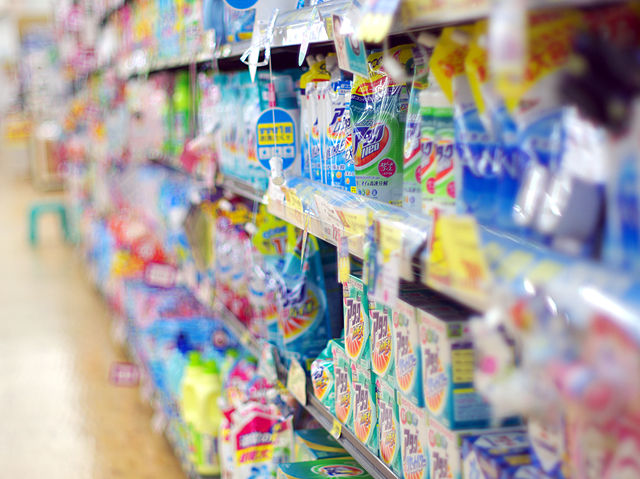Dec 12, 2022
Washing Clothes in Cold Water!
While automatic clothes dryers are standard in most ex-pat homes, the rest of Japan has to make do with a shared solution; it’s called the sun. We line dry here, it works…really! Some people do have electrical dryers, but they are unusual, and from what I hear they do not work very well as they tend to be combinations of washer and dryer units.
Since you might not be familiar with cold water washing we thought it might be good to give you a quick overview! One good point of using cold water rather than warm or hot is that you save on your power bill; another is that you prevent about 400kg of carbon pollution that would have been created. Line drying saves about 12,000 JPY a year, and over 1,200kg of carbon. Between the two, that is a tremendous saving and a great thing for the environment.
The basic problem is… clothes get cleaner in hotter water. Decreasing the wash temperature hampers your cleaning and stain removal power, which falls quickly with each drop in temperature. Since hot is not an option for us here, we must overcome the cold.
Washing Clothes in Cold Water – Recommendations:
- Always sort whites, lights, and dark colors out and wash separately.
- Use a quality detergent at the recommended amount. Most soaps in Japan are specially formulated for better performance in cold water so you do not need to buy anything special. Make sure to use the right amount! Too much builds up in your clothes, but not enough won’t clean them. (See some common brands on Amazon)
- Using additives may boost the detergent’s cleaning power; liquid bleach, color-safe bleach, pre-treat or stain, and soil removers will help.
- Do NOT overload the washer. Loading the washer properly will allow it the maximum mechanical energy from the agitator to move the clothes around, and will save energy by eliminating extra loads.
- Search for stained and extra dirty items before washing. Pre-treating, especially greasy/oily stains which are less soluble in cold water, will also help.
- Try a warm water pre-soak before washing. You can use a separate bucket or sink. Most Japanese homes should have something, but if not you can manually stop the washer from filling at about ¼ of the way full, pour in the detergent (make sure it dissolves well!), and finally add your clothes. Let them soak for between 30 minutes to an hour; shorter times for dark colors and longer for light colors and whites. Drain and wash again as usual. Do not reuse the pre-soak water!
- Check at the end of the cycle and repeat if needed. Drying many greasy or oily stains will set them; making removal difficult or impossible.
- You can also use warm or hot water for heavily-soiled and grease-stained clothes or to kill dust mites, germs and bacteria. The easiest way to wash clothes in warm water in Japan is to boil some water and pour it in as the washer basin fills. This would also work for pre-soaking.
- Be especially careful in winter. Make sure cold water is not below 60f / 16c degrees because clothes will not get cleaned very well.
Happy washing everyone!
You can find more information about laundry detergents in Japan here!
Photo by Tamaki Sono (131114) [CC BY 2.0], via Wikimedia Commons


About the author